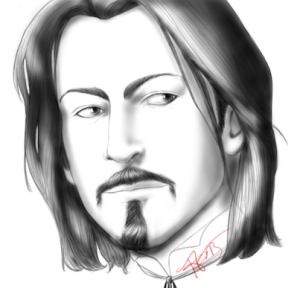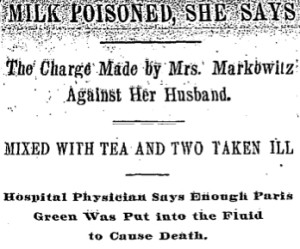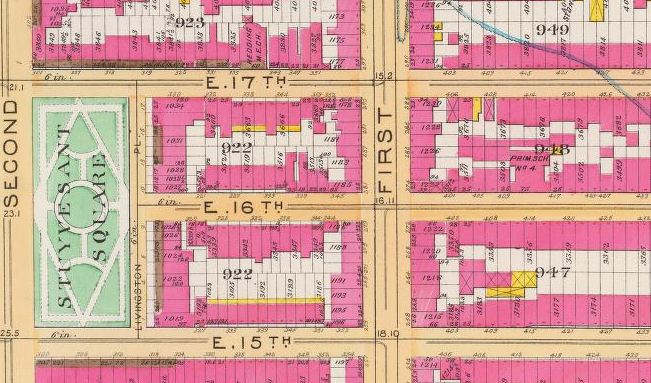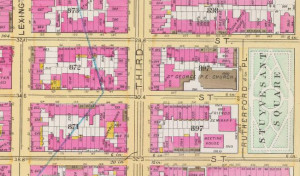Last week I provided my responses to the NY Public Library Reader’s Den discussion points for The Alienist’s Part I: Perception. This week’s Part II: Association discussion points required a bit more thinking! I’m looking forward to seeing what the discussion points are for Part III: Will.
Do you think [John is] naive or simply too emotionally involved in the case and with the team for his own good? Does he provide a sufficient counterpoint to the somewhat aloof Kreizler?
These discussion points follow from a brief character analysis in the Part II Reader’s Den blog which states, in part, that, “Moore is, in many ways, the opposite of his friend, Kreizler; passionate and headstrong where Laszlo is intellectual and clinical,” and, “At times [John] can seem naive but this is just a byproduct of how deeply he sees into others.” Unfortunately, I’m afraid that I’m going to have to start my response by saying that while I agree John and Kreizler are, to a degree, different sides of the same coin (more on that below), I disagree with the aforementioned interpretation of their characters, and therefore with the premise for these discussion points. Sorry, Reader’s Den!
As one might be able to gather from the character analyses I’ve included on this site, “passionate” and “headstrong” are adjectives I would be more inclined to use in describing Kreizler than John. This impression began, for me, as early as John’s first meeting with Kreizler at Bellevue Hospital in which he describes his friend as appearing reminiscent of a “hungry, restless hawk determined to wring satisfaction from the worrisome world around him,” and continues throughout the novel, with Kreizler exhausting himself by working tirelessly on the case, and, as we discover in Part II, falling victim to the “psychologist’s fallacy” (see Chapter 24). However, it was not John who first became aware that something deeper than professional interest was driving Kreizler’s tireless work during the investigation. It was the insightful Sara Howard who, despite having known Kreizler for only a fraction of the time his life-long friend John had known him, was able to see what John could not: that Kreizler’s motivation in the investigation was “more than just his reputation, and more than just scientific curiosity. It’s something old and deep.” As she patiently explains to the confused John, “He’s a very deep man, your friend Dr. Kreizler.”
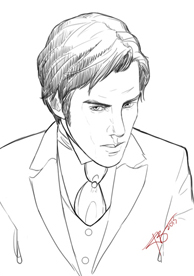
As an aside, I actually find it somewhat ironic that it is John who first describes Kreizler as being emotionally distant, when I see John as being just as emotionally distant as Kreizler, albeit in a different way. It is in this respect that I see John and Kreizler as being two different sides of the same coin. Where John avoids his emotions, Kreizler suppresses his and engages in long periods of self-reflection in order to be sure that he is acting appropriately on any subject that requires emotional investment (as we’re about to discover regarding a certain woman he is interested in during Part III). Consequently, his falling victim to the “psychologist’s fallacy” may have been due to the spontaneous nature of the investigation not providing him with ample time to consider his motivations, rather than any lack of self-awareness.
So, all of that said, do I believe that John is too emotionally involved in the case for his own good? John unquestionably becomes emotionally involved in the case, as do most of the investigators, but I would argue this is primarily a result of his interactions with Joseph, the young boy he befriends while making enquiries in the case. When asked by Marcus Isaacson about the ease with which he engaged in conversation with Joseph, he avoids answering the question but privately comments in his narrative, “I had no desire to reveal how much young Joseph’s eyes and smile had reminded me of my own dead brother’s at the same age.” Thus, there is certainly more to John than meets the eye, but it appears to me that it is John’s lack of emotional self-awareness rather than an ability to “see [deeply] into others” that makes the most critical impact upon his actions during the investigation. And, yes, I think the particular combination on the team of emotional perceptiveness (on Kreizler and Sara’s part) and emotional naiveté (on John’s part) do provide good counterweights during the investigation.
What do you think motivates this relatively well-off New York Times reporter? And what motivates Kreizler?
In answering the previous discussion points, I believe I’ve already provided my response regarding Kreizler’s motivation. Regarding John’s motivation, I’ll answer with a direct quote from the novel.
The Alienist, Chapter 6:
If it seems odd that I offered no further protest, I can only say this: Kreizler’s explanation that his present course of action had been inspired by a document I had sent him years ago, coming as it did on the heels of our shared reminiscences about Harvard and Theodore’s mounting enthusiasm for this plan, had suddenly made it plain to me that what was happening in that office was only partly a result of Giorgio Santorelli’s death. Its full range of causes seemed to stretch much farther back, to our childhoods and subsequent lives, both individual and shared. Rarely have I felt so strongly the truth of Kreizler’s belief that the answers one gives to life’s crucial questions are never truly spontaneous; they are the embodiment of years of contextual experience, of the building of patterns in each of our lives that eventually grow to dominate our behaviour. Was Theodore — whose credo of active response to all challenges had guided him through physical sickness in youth and political and personal trials in adulthood — truly free to refuse Kreizler’s offer? And if he accepted it, was I then free to say no to these two friends, with whom I had lived through many escapades and who were now telling me that my extracurricular activities and knowledge — so often dismissed as useless by almost everyone I knew — would prove vital in catching a brutal killer?
As for John’s motivation in continuing with the case when things get tough, I think we can put it down to two elements. First, he mentions early in the novel that the “voice whispering in the back of [his] head: ‘Hurry up or a child will die!'” was one strongly motivating factor. Second, I feel that the passion of the other team members — particularly Kreizler and Sara — pulled John through some of the more difficult phases of the investigation.
But, as always, this is only my interpretation! If you would like to present an alternative viewpoint, you’re more than welcome to do so in the comments below.

